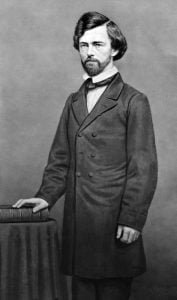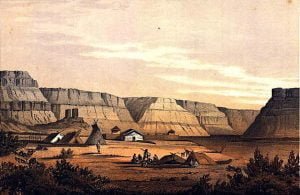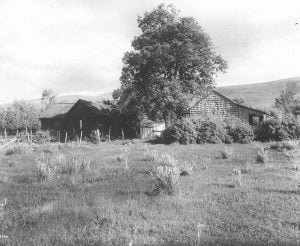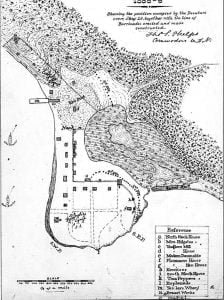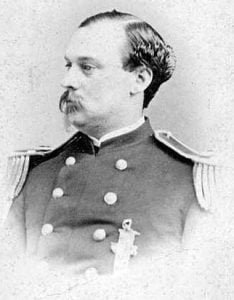Building Fort Taylor
August 5th.Today the Third Artillery received orders to march in two days as far as Snake River (about sixty miles), to erect fortifications. This will take about a week. By that time the rest of the command will arrive there, when we will all start together. For some days Lieutenant White has been employed in superintending the making of gabions for the field works, as there is no wood on Snake River adapted to this purpose. August 7th. We left Walla Walla at nine in the morning, and marched eight miles to Dry creek, finding the country covered with luxurious … Read more

